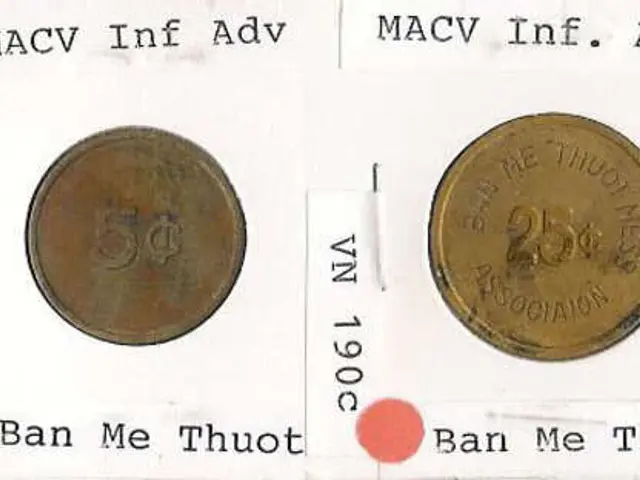Open Banking Influence on Vehicle and Equipment Financing Approaches
In the rapidly evolving world of finance, asset finance solutions are undergoing a significant transformation within an open banking ecosystem. This new landscape focuses on embedded finance, API-driven data sharing, and the tokenization of assets, all bolstered by AI and blockchain technologies.
Current trends in this open banking environment include:
- Embedded Finance within Open Banking: Asset finance solutions are increasingly integrated directly into third-party platforms via APIs, enabling seamless finance offers embedded into customer journeys. This allows real-time access to customer financial data securely, facilitating personalized and instant financing decisions.
- API Ecosystems: Open banking employs secure, API-driven data sharing to enable third-party providers to create innovative, customer-centric asset finance products such as instant loans, leasing offers, and pay-per-use schemes. This supports rapid innovation while ensuring compliance and privacy.
- AI-Powered Personalization: Artificial Intelligence is intensively used to analyze open banking data, providing hyper-personalized asset finance offers based on individual risk profiles, spending habits, and financial goals. This enhances customer experience and operational efficiency.
- Digital Asset Tokenization: Physical assets like real estate or vehicles are increasingly tokenized into blockchain-based fractional ownership units, making asset finance more accessible, transparent, and efficient. Tokenization reduces transaction costs and expands investment opportunities.
- Integration of DeFi 2.0 Concepts: While still emerging, decentralized finance (DeFi) principles like automated lending, staking, and liquidity management are being explored by traditional asset financiers to enhance efficiency and reduce costs, facilitated by open banking's data availability and regulated frameworks.
Looking ahead to 2025 and beyond, the asset finance ecosystem is expected to grow more complex, with:
- Expansion of Open Finance: The ecosystem will mature with over 130 million users and hundreds of billions of open banking payment transactions, fostering more complex asset finance products integrated into broader financial services and non-financial platforms.
- Advanced AI and Hyper-Automation: Future asset finance solutions will leverage AI not only for personalization but also for automated risk assessment, real-time credit scoring, and compliance checks. Hyper-automation will streamline backend processes, reducing cost and friction.
- Increased Collaboration Between FinTech and Traditional Institutions: Partnerships will grow to combine DeFi innovations with regulatory assurance, enabling scalable, secure asset financing through tokenization and smart contracts within open banking ecosystems.
- Robotic Process Automation: Asset finance operations such as documentation, compliance, and reconciliation will become highly automated, improving operational accuracy and speed.
- Stronger Cybersecurity and Compliance Tech: As asset finance becomes more digital and interconnected, advanced cybersecurity measures, including biometric authentication and AI-driven threat detection, will become standard to ensure trust and regulatory adherence.
In conclusion, asset finance solutions within an open banking ecosystem are evolving toward seamless integration, AI-driven personalization, blockchain-based tokenization, and collaborative innovation combining traditional finance with decentralized technologies. This promises more accessible, efficient, and customer-centric financing options.
In this future landscape, innovative asset finance solutions will be embedded within a broad range of third-party platforms, powered by advanced AI for personalization and automated risk assessment, such as embedded finance within business technologies (2025 onwards). Furthermore, the open banking ecosystem anticipates increased collaboration between traditional financial institutions and FinTech, incorporating technology like blockchain for asset tokenization and smart contracts, bolstering business and technology spheres simultaneously. (2025 onwards)




